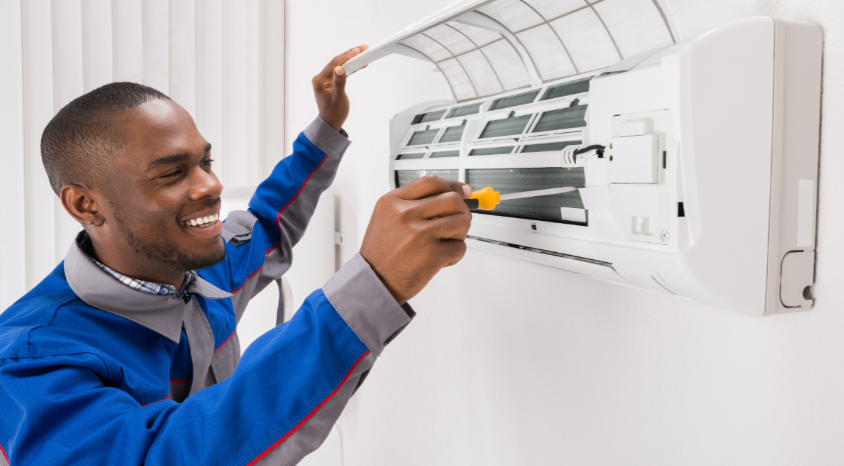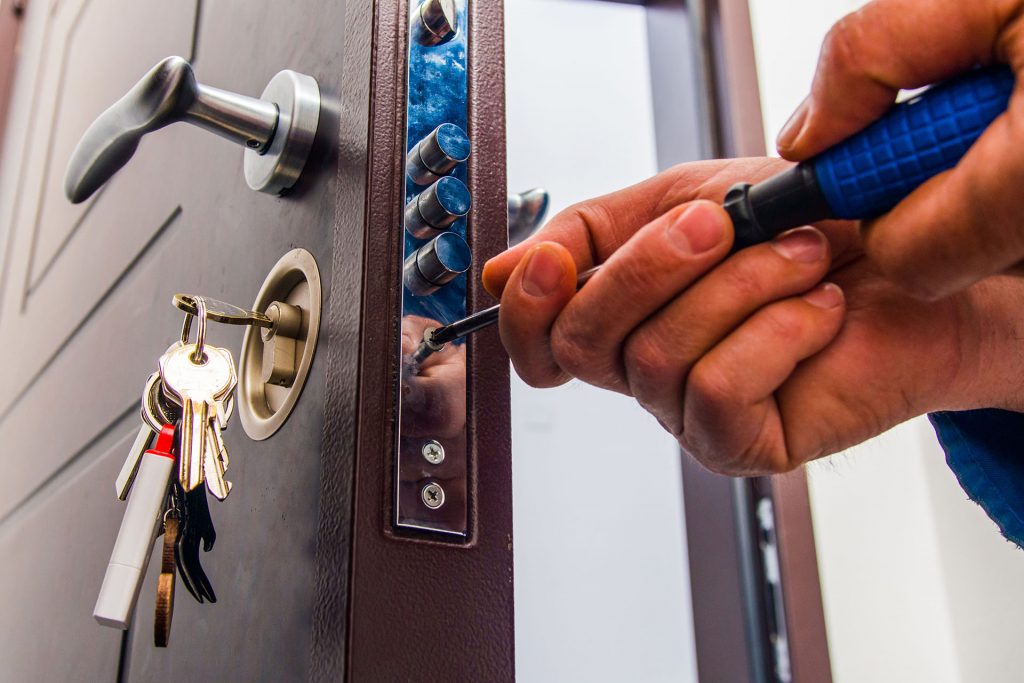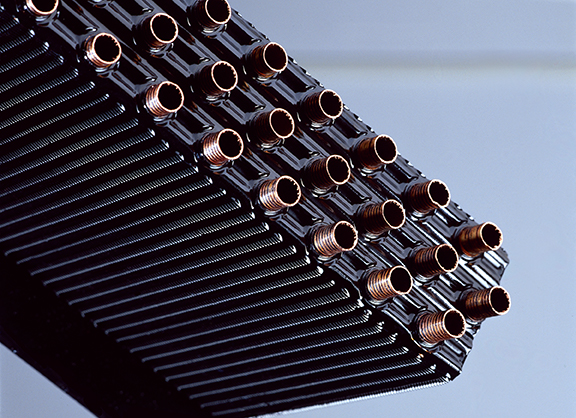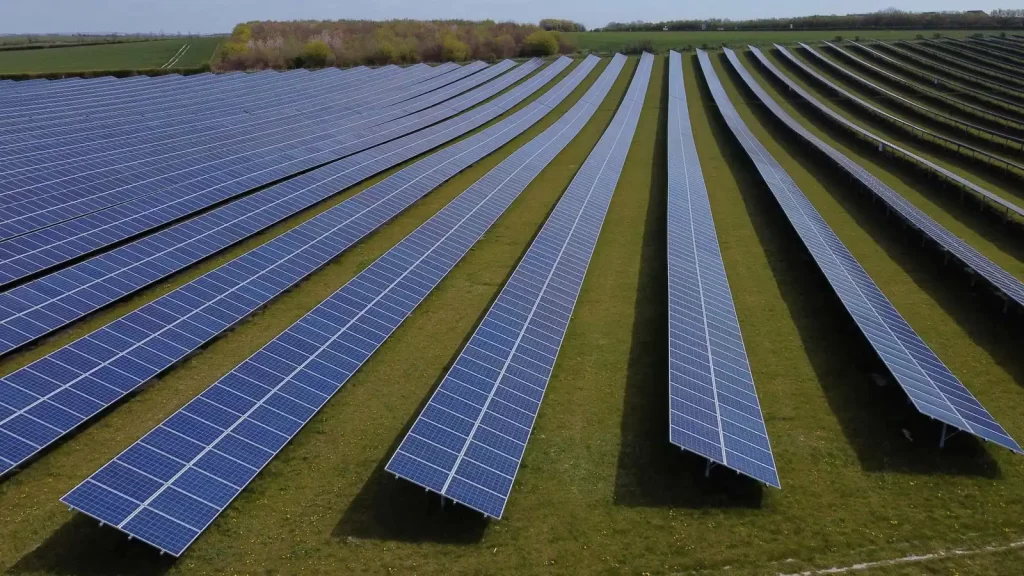How Much Time Does Window Tinting Final?
How much time window tint will last is vital to think about when you are considering window tinting for your personal car, home or office. In every single scenario there are actually different worries and the amount of time that tinting lasts is determined by the particular film which is used and also the area’s climate.
Auto Tinting
There are several brand names of tint available for vehicles. Most film obstructs about 98 percent in the sun’s infrared sun rays and about 99 percent of UV rays. Vehicle tint items help to keep the inside of your car cooler and can boost your car’s stability through making the inside much less apparent. The important thing for you to get good results is to pick a quality film and get it used by a seasoned specialist. The cheaper do-it-yourself packages may possibly save a couple of bucks at that time, nevertheless the tint normally bubbles and tears in a short time. Skillfully utilized tinting can last yrs.
Household Tinting
Choosing to have your home’s house windows colored is a great choice that minimizes your power expenses, minimizes diminishing of your own household furniture by safeguarding it from sun rays and helps to safeguard your household for the sun’s harmful rays. Frequently new home owners decide to have tinting applied while in construction, however it is nonetheless a fantastic choice upon an older residence. Seek out a seasoned company that provides top quality window tint products and anonymous https://www.fletchwindowtint.com/new-braunfels/. If you are not mindful, a company might want to apply an low quality item that is only going to keep going for a year or so. Quality tinting can increase the value of your home, supplying defense against direct sunlight and lowering your chilling fees for several years to come.
Professional Tinting
Employing window tinting over a business building helps make excellent organization sensation. Window tinting might help decrease expense by cutting down power bills and by safeguarding furnishings. An additional and is window tinting can protect staff members develop Ultra violet and infrared light-weight. Tinting also is perfect for safety uses. It does not allow people to see in to the organization in the neighborhood, whilst you can continue to see out. Your company is an investment and you ought to method your window tinting in your expense. It will reveal badly on the business in the event you an individual started in and performed a sloppy work of applying your tint employing low quality items that only serve you for a short while well before bubbling, cracking, cracking or making a haze. Take time away from your hectic schedule to locate a skilled window tinting business that gives a guarantee and uses the most effective products readily available so you would not ought to be concerned afterwards.









